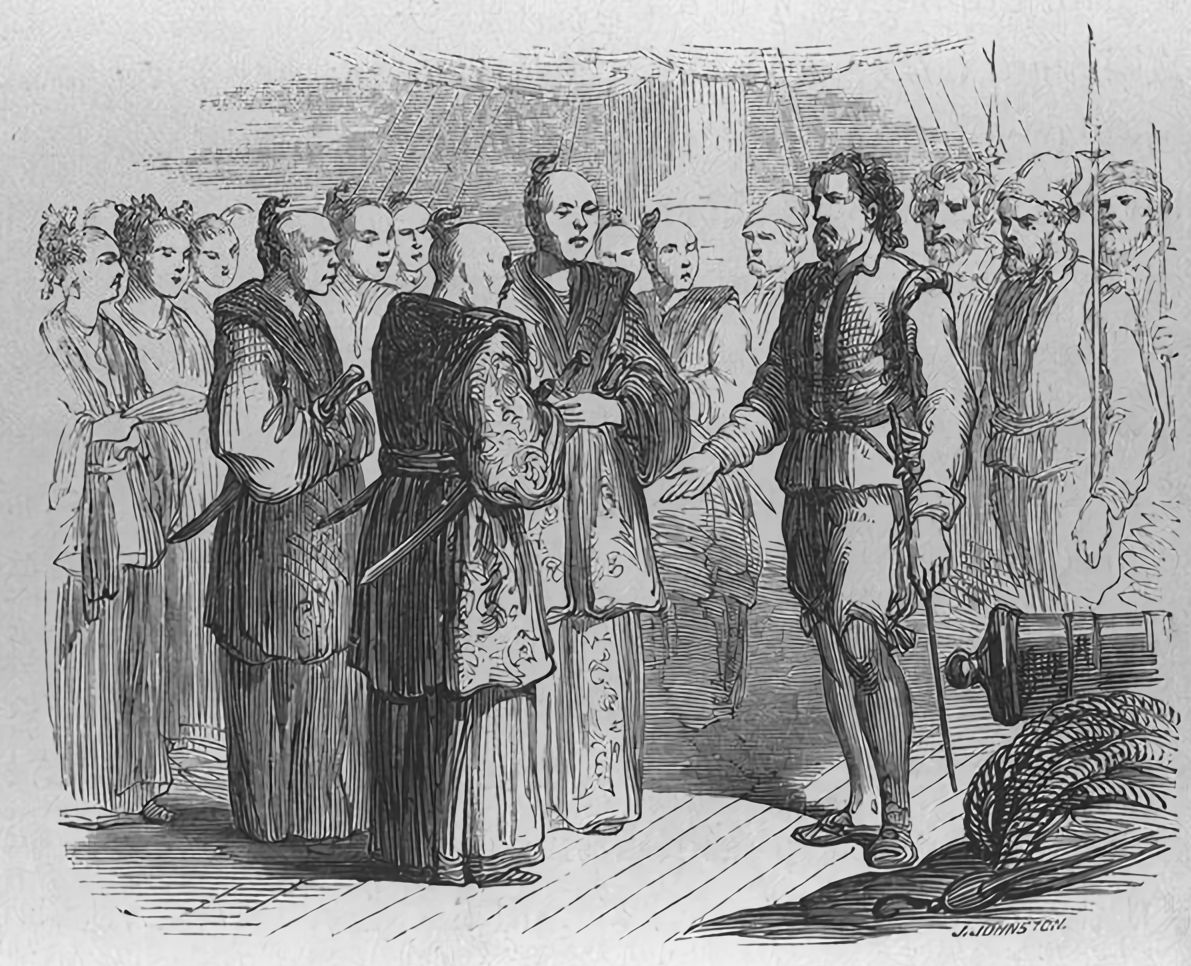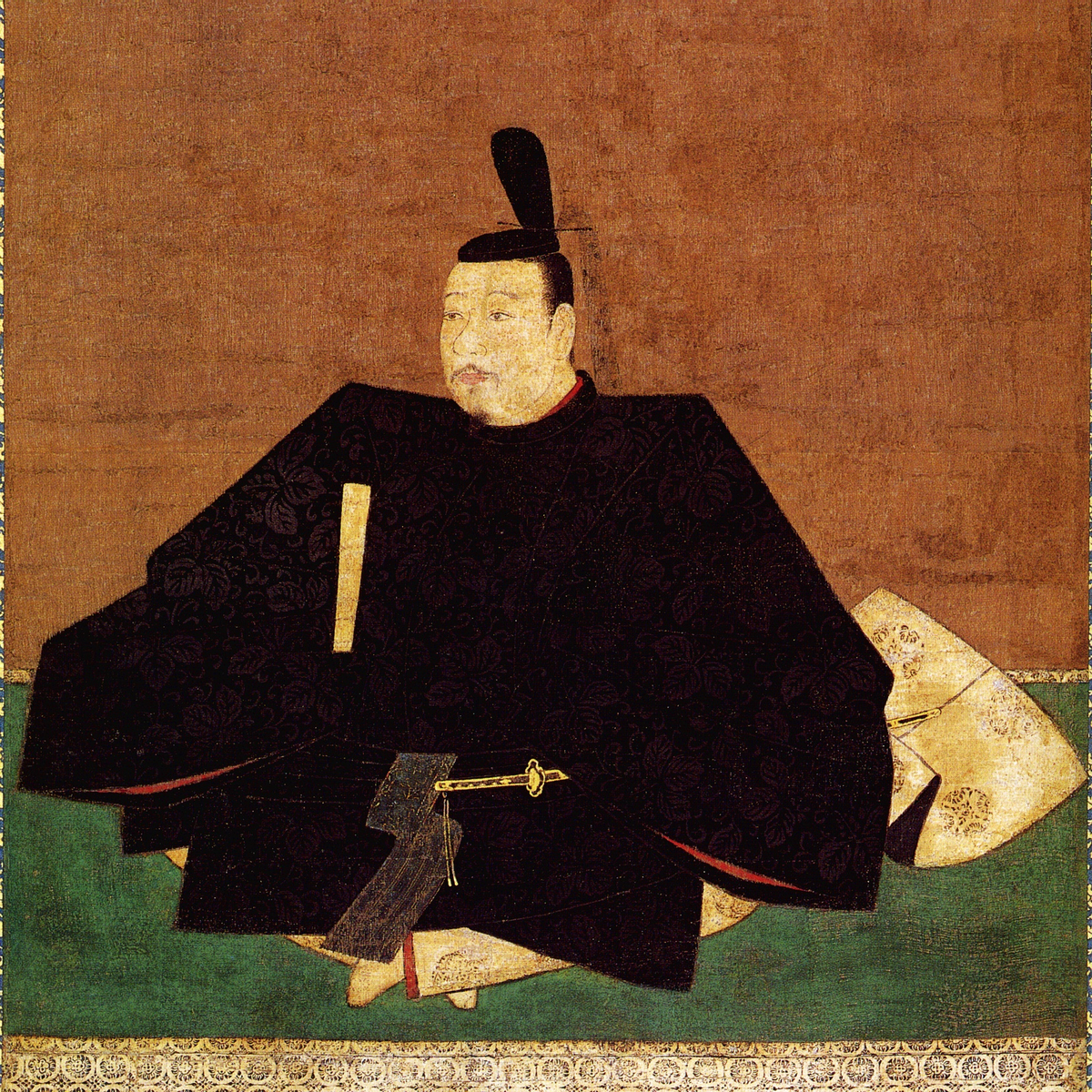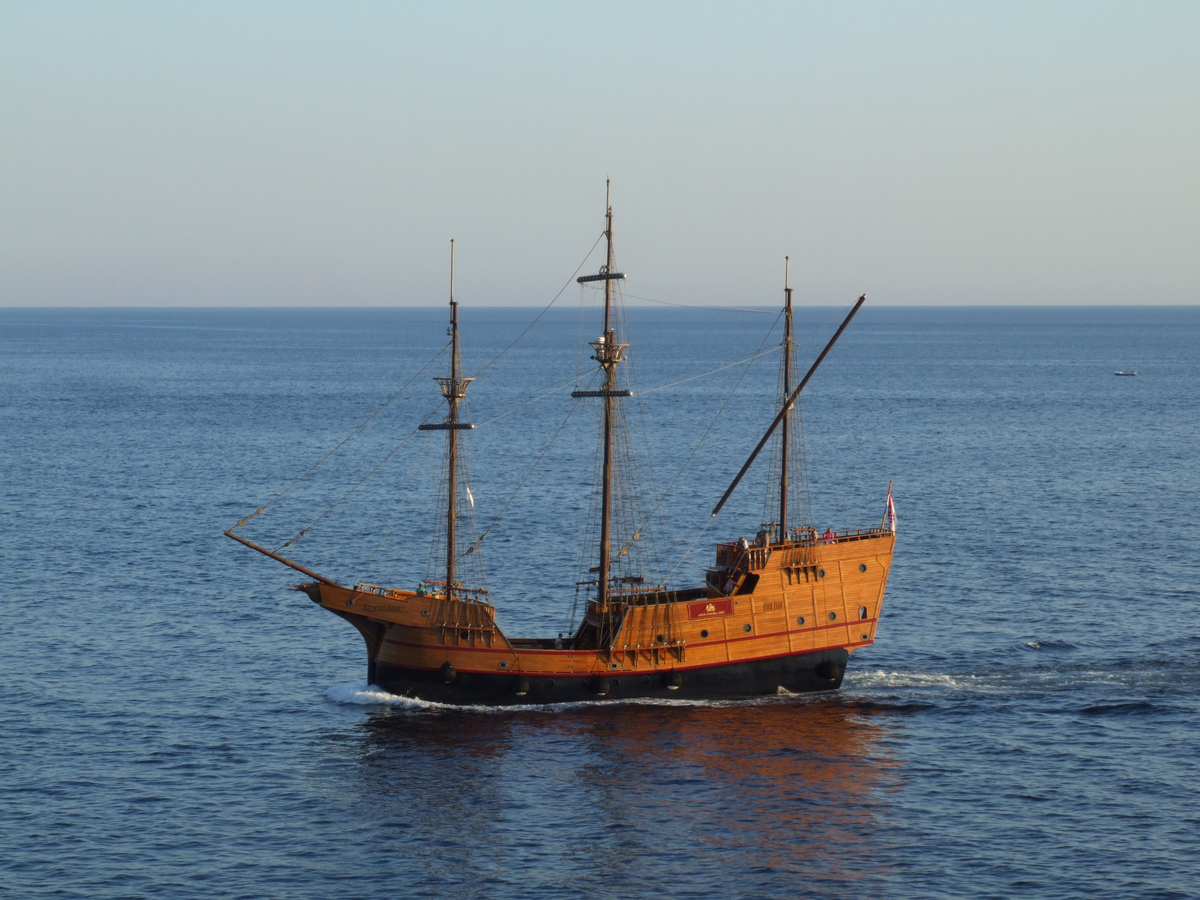One of the most popular streaming series of recent years, FX's ‘Shogun’ is based on James Clavell's novel of the same name that he wrote in 1975. This book had already inspired the famous 1980 mini-series, which also received positive reviews. However, not everyone knows that both the book and both mini-series are based on a true story and are a pretty good chronicle of the formation of the real Tokugawa Shogunate. Today, we'll break down what really happened in Japan after the events shown in Shogun.
Clavell's novel The Shogun is a historical, yet still a work of fiction. The core of the novel's story is the true story of an English pilot, William Adams, who entered the service as an advisor to the Japanese feudal lord Tokugawa Ieyasu. The events of the book also reflect the real history of Japan in the early 17th century, at the end of the so-called Sengoku period. The Sengoku, also known as the Warring Provinces Period, was a century of political and social upheaval in Japan.
The central power of the Ashikaga shogunate was waning, and regional feudal lords exploited the power vacuum to expand their spheres of influence, often leading to violent conflicts and rivalries. Amidst this chaos, a few leaders, who would later be called the Great Unifications, put an end to the wars by centralizing power and gradually replacing the Ashikaga shogunate with something new. One such unifier was Toyotomi Hideyoshi, a former samurai who came from a peasant background but rose to become the de facto ruler of Japan, although he was never given the title of shogun.
In 1598, with his health deteriorating, Hideyoshi appointed a council of five elders to rule the country until his five-year-old son Hideyori came of age. The most powerful member of this council was Tokugawa Ieyasu, ruler of Edo province.
In the same year, 34-year-old Englishman William Adams sailed east from Rotterdam with a group of Dutch merchants and his brother Thomas. It was an extremely arduous voyage. While refueling on the African island of Cape Verde, half the crew contracted a deadly fever from which the leader of the expedition, Admiral Jacques Mau, died. This tends to mar the entire voyage.
By the time they reached the coast of modern-day Argentina, crew members were on the verge of starvation, and some were forced to eat leather clothing and gear. Even more crew members died of hypothermia due to the cold conditions in the far south. Finally, in September 1599, the Dutch ships sailed into the Pacific Ocean.
On 19 April 1600, after 19 months at sea, 23 of the more than 100 men who started the journey anchored off Kyushu Island in Japan. By this point, all of them were sick or already dying. Only nine crew members were able to get back on their feet after reaching Japan.

Their remaining cargo included 11 chests of goods and an arsenal of weapons. Just don't ask them about how the leather tasted. As shown in the TV series, the only Westerners in Japan at the time were Portuguese Jesuit missionaries who served as interpreters for Adams and his crew.
Fearing international competition for Japan's favor, the Jesuits told the Japanese authorities that Adams and his crew were pirates and suggested that they all be executed. Adams and merchant Jan Osten van Lodesteijn were sent to Osaka, where they met with the powerful ruler of Edo province, Tokugawa Ieyasu. Over the course of three meetings with Adams, Ieyasu realised that he had a deep knowledge of shipbuilding and navigation, and that he would be more useful as a living ally than an executed prisoner.
Ieyasu sent Adams to Edo, where he trained his army in the use of cannons that he brought on his ship.When power struggles broke out between Ieyasu and other members of the council of elders, Adams even served in Ieyasu's army during the Aizu campaign and later participated in the decisive Battle of Sekigahara, which ended the military conflicts. After the victory at Sekigahara, Ieyasu consolidated his power in Japan by distributing lands and titles to those who remained loyal to him.
One such ally was Hondo Masanobu, the real-life prototype of the character Kashigi Yabushige from The Shogun. Unlike the sad fate of his fictional counterpart, Masanobu lived a long life and became governor of Sado Island, continuing to be an important ally of Ieyasu. At the same time, Ieyasu dispossessed many of his enemies of lands, including the young son of the former ruler Hideyori.
Another important step in consolidating Ieyasu's power was to change his family name. Although he was originally associated with the Minamoto clan, it was decided that the claim of descent from the Fujiwara clan was more convincing in light of his rise to central power. Thus, Ieyasu began to tamper with elements of his lineage.

And who among us hasn't embellished their CV at a job interview? In March 1603, Ieyasu was officially proclaimed Shogun Emperor Gojosei. What is the difference between an emperor and a shogun? That's an excellent question. The emperor was the supreme ruler of Japan, with a divine right to rule, and the shogun was a kind of prime minister, a head of state who did the actual governing.
But even after years of conflict and campaigns, Ieyasu remained in office as shogun for only two years. He resigned in 1605, handing over power to his son and heir, Tokugawa Hidetada. This was likely a strategic move that allowed Ieyasu to be relieved of ceremonial duties while ensuring a smooth transition of power to his son. Despite his official resignation, Ieyasu actually continued to rule for the next decade until his death in 1616.
Although Ieyasu's efforts after the Battle of Sekigahara made him the most powerful feudal lord in Japan, gaining the title of shogun did not mean a complete end to opposition. Similarly, as shown in the series, not all feudal lords in Japan believed that Ieyasu was a worthy ruler or that his ascension was legitimate. Many continued to support the former leader's son, Toyotomi Hideyori, who was still living in Osaka with his mother.
In 1614, the Toyotomi clan rebuilt Osaka Castle, making them a potential threat to the shogun's power. Tokugawa responded by sending his troops to Osaka, which included Hondo Masanobu and his son Hondo Masazumi, under the command of Ieyasu's son, Tokugawa's formal shogun, Hidetada. In 1615, the troops destroyed the new Osaka Castle, forcing Hideyori and his mother to commit suicide. The Tokugawa executed all surviving heirs of the Toyotomi clan, finally eliminating the last threat to the legitimacy of their power.
It was something like the baptism in The Godfather, only much harsher. William Adams and his fellow merchant Jan Osten van Lodesteijn continued to serve the Tokugawa clan throughout this period. It was not until 1611, more than a decade after his arrival in Japan, that Adams heard of a British East India Company ship anchored in Indonesia. He was able to write a letter and finally give his family in England the news that he was still alive.

He was not formally granted the right to return to England until 1613, but it is not known whether he asked for this or had already become accustomed to his new life in Japan. Due to his service to the Tokugawa, Adams was given the Japanese name Miura Anjin and was granted lands around Edo, as well as a license to trade and run his own business. Although he retained a wife and child in England, Adams married a Japanese woman with whom he had two children.
In 1613, English Captain John Saras arrived in Japan on the ship Carnation, hoping to establish a trading post for the East India Company. Tokugawa Ieyasu allowed Adams to return to England with Captain Saras and his crew, but after so many years in Japan, Adams found it difficult to communicate with English sailors and decided to remain in Japan.
Adams continued to live in Japan for the rest of his life, earning a living by helping European powers, including the Dutch and British, establish trade relations in the East. He worked as a mediator, translator and negotiator, and, as a Protestant, sought to minimize the influence of Catholic Spain and Portugal on the Japanese market.
Through his efforts, the Dutch were given the exclusive right to trade from the port of Dejima, effectively removing the Portuguese from control. British merchants were allowed to build houses in Japan and trade in the ports and markets of their choice. A permanent settlement for British merchants was established on Hirado Island.
The story of William Adams and his descendants has been lost in the whirlwind of historical events. Nevertheless, his influence on Japan and his role in diplomacy between Japan and Western countries remain an important part of both Japanese and European history. Perhaps one day there will be another TV series or film dedicated to his descendants living in exile in Indonesia.


















